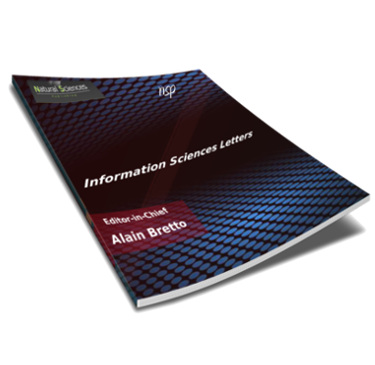
Information Sciences Letters
Abstract
This paper presents a novel approach for exploring the intrinsic acoustic properties of the Holy Quran, in an attempt to provide yet one more evidence of the miraculous nature of the Quran. The study uses a dataset composed of recitations made by seven prominent reciters and three chapters of the Quran. A novel statistical approach is used to detect the correlation between the recitations of the reciters for three different Chapters (Quranic Surah). The study utilizes the Mel-Frequency Cepstral Coefficients (MFCCs) feature to detect certain common patterns among the recitations. The main measurement indexes used in this study are the correlation and the Euclidian Distance (ED) between the mean of the MFCCs Cepstral Coefficients, and deltadelta MFCCs. The study reveals a strong correlation and short distance between all recitations for one verse at a time, and relatively high correlation and short distance for two or more verses. Furthermore, the study lays down a foundation to detect and formulate acoustic clusters for sequential verses in the Holy Quran.
Recommended Citation
Malkawi, M.; Bani Yasisn, M.; and Bani Issa, M.
(2023)
"A Statistical Learning Approach to Evidence the Acoustic Miracles in the Holy Quran Using Audio Features,"
Information Sciences Letters: Vol. 12
:
Iss.
6
, PP -.
Available at:
https://digitalcommons.aaru.edu.jo/isl/vol12/iss6/35

